Known for its impeccable suiting and contemporary flair, the label has successfully navigated the tumultuous tides of fashion, leaving behind a legacy that’s undeniably complex and strikingly timeless. Whether you’re seeking the sartorial sharpness of a classic suit or the bold minimalism of a modern ensemble, understanding the brand’s rich heritage can give you a savvy edge when distinguishing its vintage pieces.
From the 1924 inception to the post-war rebirth, the company weathered economic collapses and wartime politics to rise as a leading fashion brand. Initially embroiled in controversy due to its involvement with Nazi uniform production, Hugo Boss reoriented its focus post-WWII toward men’s suits. By the late 20th century, the brand became synonymous with upscale fashion, expanding into fragrances, eyewear, and women’s wear while maintaining its core in precision tailoring.
The logos and tags of Hugo Boss offer a unique glimpse into this transformation. Between the logos, the shift from the classic, bold BOSS lettering beneath “Hugo Boss” to the modern, sleek sans-serif font of 2021 reflects the company’s contemporary rebranding. Similarly, examining vintage tags reveals not only the changing aesthetics of each era but also the progression in craftsmanship and branding details. From the straightforward designs of the 1970s to the intricately detailed tags of the 1980s, and the minimalist sophistication of recent years, each label captures the zeitgeist of its time.
So, if you’re on a mission to score authentic vintage Hugo Boss, whether for your wardrobe or collection, decoding the logos and tags becomes your treasure map. Keep an eye out for the bold identification, nuanced fabric composition details, and unmistakable color schemes that signify each era of Hugo Boss’s relentless pursuit of sartorial excellence.
Ryan Reynolds starring in Hugo Boss Advert
How to tell if Hugo Boss is vintage from the logo
Starting in 1924, Hugo Boss AG originally supplied uniforms for the Nazi Party, but after World War II and the founder’s death, it shifted focus to crafting high-quality men’s suits. Fast forward to 1985, when the launch of its fragrance line propelled Hugo Boss into the limelight, and the brand went public, solidifying its status as a global fashion heavyweight.
Before the company’s significant rebranding in 2021, the iconic logo consisted of “BOSS” in bold serif letters, with “Hugo Boss” elegantly stretched below in a refined sans-serif style. This meticulous design conveyed both sophistication and timeless elegance. But in 2021, the brand made a bold move, simplifying the logo to just the smaller “Hugo Boss” text, now appearing in a more angular and assertive sans-serif font, perfectly aligning with the brand’s contemporary, minimalist aesthetic.
Each subdivision within the Hugo Boss brand bears its own distinctive mark. From the sleek businesswear of BOSS to the creative casualwear of BOSS Orange and the performance sportswear of BOSS Green, these logos encapsulate the spirit of each line’s target audience. Meanwhile, HUGO embraces a more unconventional flair, offering distinctive styles for those who dare to be different. Together, these logos weave a tapestry that reflects the dynamic and versatile nature of Hugo Boss’s fashion empire, uniting under the singular vision of sartorial excellence.
1924 to 2021 Hugo Boss logo
- Classic and recognizable BOSS logo with “Hugo Boss” in small text beneath.
- Consistently used across various collections for almost a century.
- Font style: bold and serif for “BOSS,” sans-serif for “Hugo Boss.
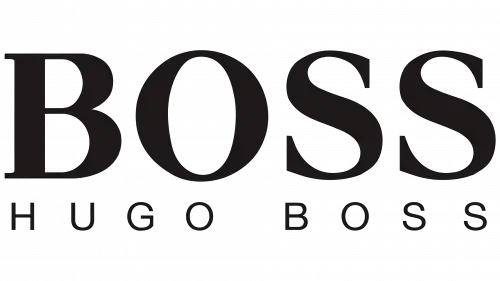
1924 to 2021 Hugo Boss logo
2021 to now Hugo Boss logo
- Modernized logo introduced in 2021 with the company rebranding.
- Simplified and minimalist “Hugo Boss” in bold sans-serif font.
- Reflects the company’s contemporary aesthetic and approach.
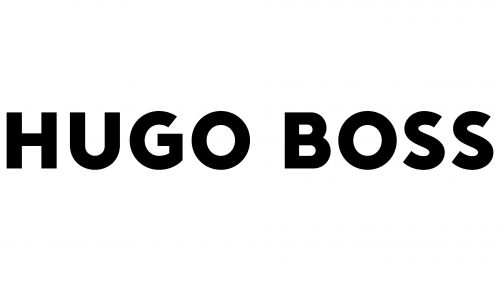
2021 to now Hugo Boss logo
How to tell if Hugo Boss is vintage from the tags
The tags sewn into Hugo Boss garments provide a fascinating glimpse into the brand’s evolving identity and aesthetic over the years. Much more than simple labels, these tags have transformed with the changing times, offering clues about the design philosophies and marketing trends that shaped each era. In the 1970s, Hugo Boss tags emphasized straightforward brand identification, often featuring bold, clear lettering like “Styled by Hugo Boss.” Moving into the 1980s, the tags began to mirror the brand’s growing reputation for sophistication, incorporating intricate detailing and adding “Art in Fashion” branding to emphasize the company’s high-quality tailoring.
By the 1990s, the tags expanded their information, incorporating fabric composition details and international sizing, often appearing on wider labels that provided more comprehensive product descriptions. Entering the 2000s and beyond, the tags embraced modern minimalism, featuring clean fonts, subtle color schemes, and woven fabric materials that reinforced the brand’s refined and contemporary ethos. This progression continued into the 2010s, with the tags showcasing even more polished designs, bright colors, and precise typography reflecting the era’s trends.
Having difficulty identifying your vintage labels? Submit a picture on our vintage tag identification page, and we’ll take care of it!
1970s vintage Hugo Boss tags
- Basic and straightforward design.
- Focus on bold, clear brand identification.
- Often includes “Styled by Hugo Boss” or similar variations.
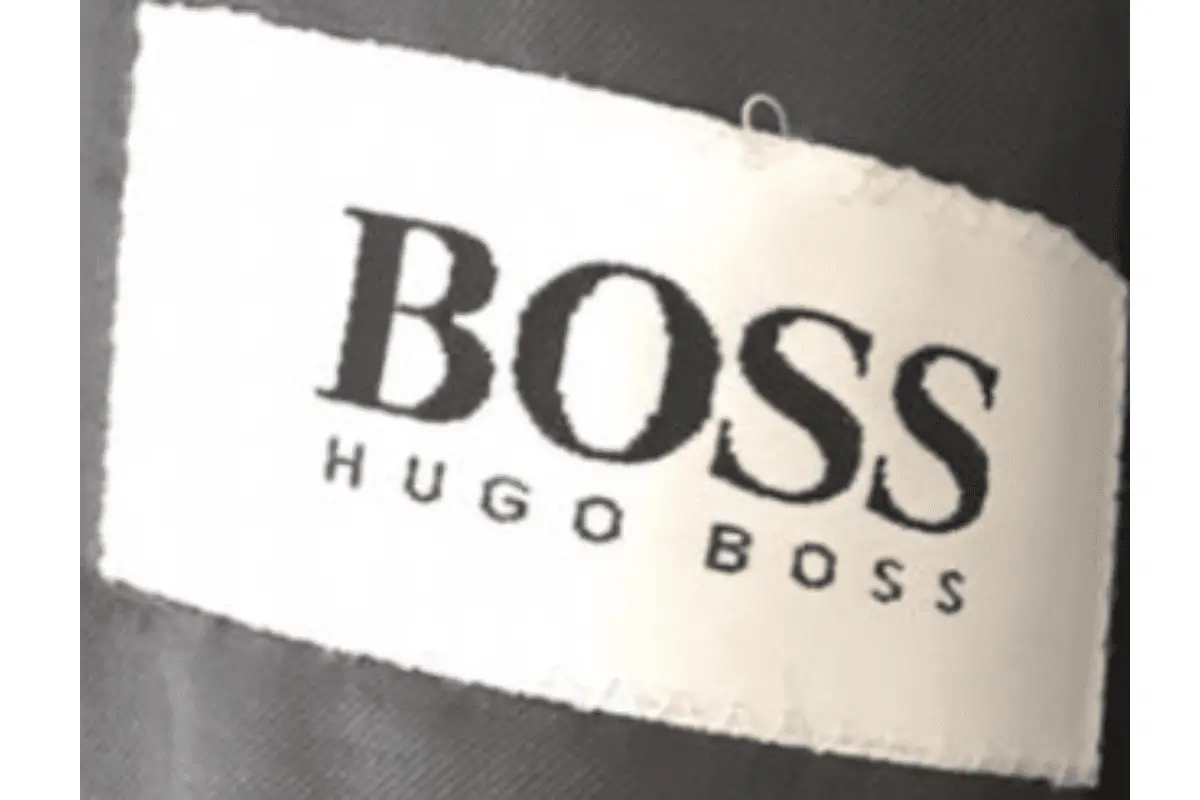
1970s Hugo Boss tags
1980s vintage Hugo Boss tags
- Tags began incorporating color and intricate detail.
- Included “Art in Fashion” branding, reflecting high-quality tailoring.
- Expanded materials used for tags, providing a richer feel.

1980s Hugo Boss tags
1990s vintage Hugo Boss tags
- Consistent logo styling across different collections.
- Introduced fabric composition details and international sizing.
- Often utilized wider tags for more comprehensive information.

1990s Hugo Boss tags
2000s vintage Hugo Boss tags
- Refined branding with new materials like woven fabric.
- Streamlined, contemporary logo design.
- Included subtle color schemes and clean fonts.
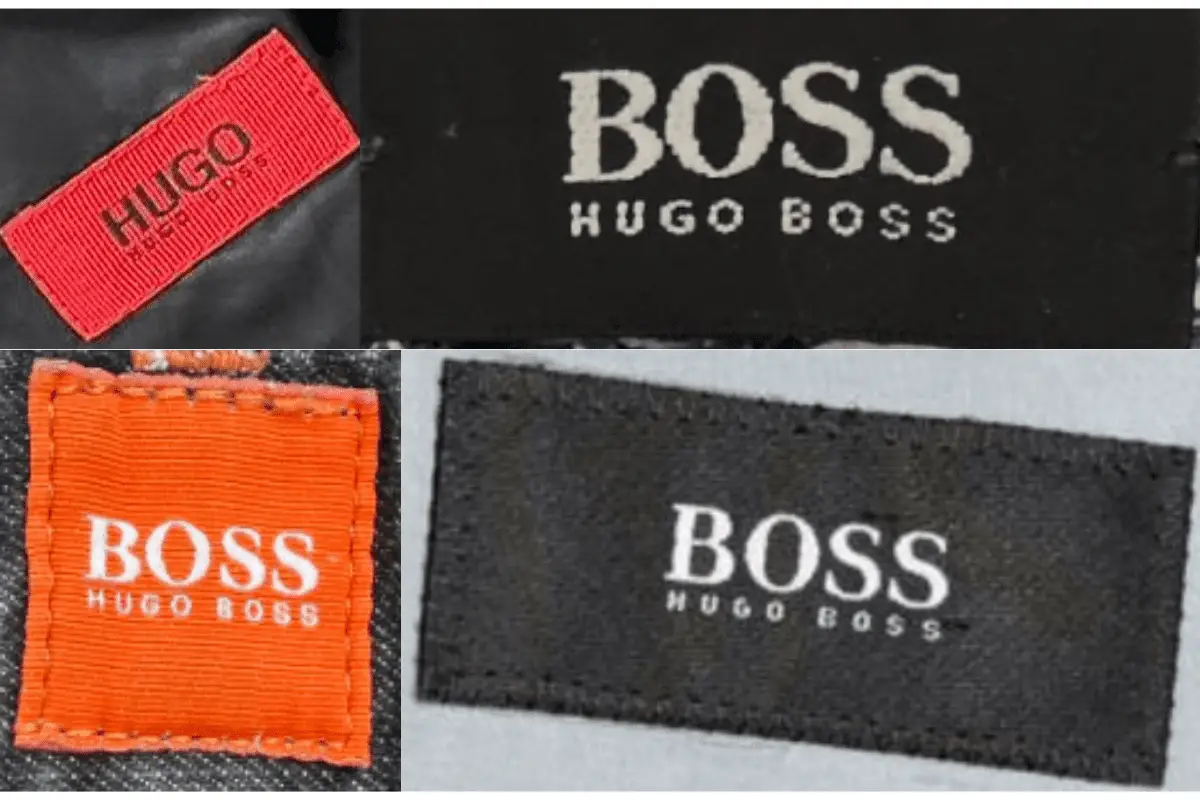
2000s Hugo Boss tags
2010s vintage Hugo Boss tags
- Even more polished and minimalist designs.
- Bright colors and clean typography to reflect modern trends.
- Tags often feature a combination of text and logos for instant recognition.

2010s Hugo Boss tags



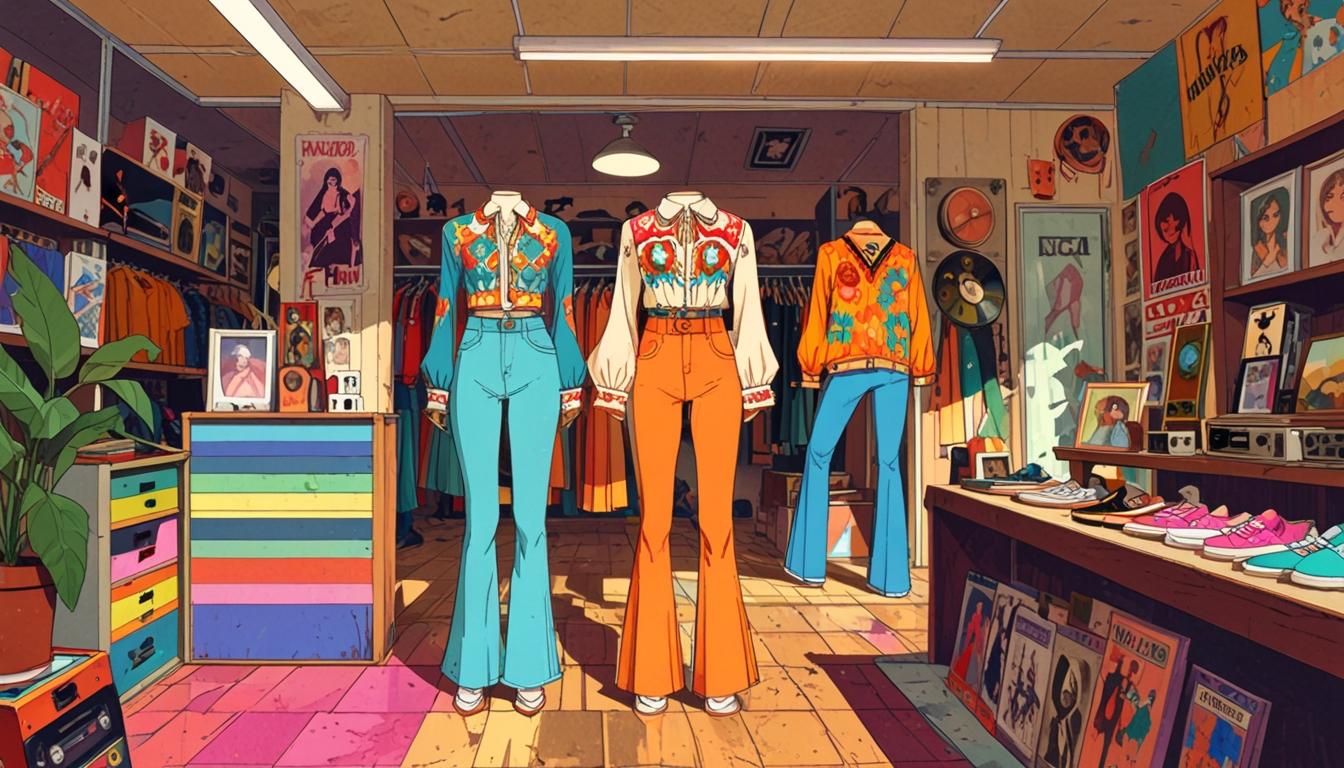
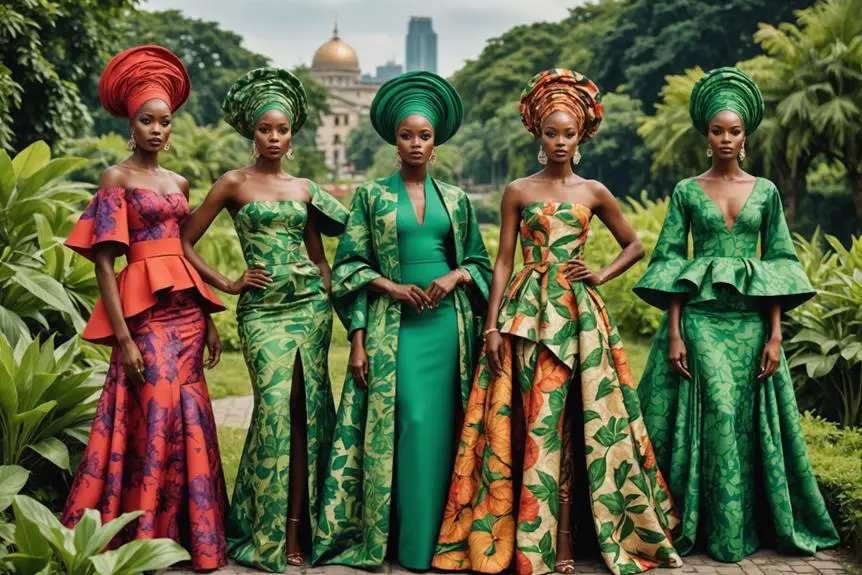
There is definately a great deal to know about this subject.
I like all the points you have made. http://Boyarka-Inform.com/
There iss definately a great deal to know about this subject.
I like all the points you havee made. http://Boyarka-Inform.com/
I felt like your blog was and not keeping
your head stuck in the phone the whole while, either) and living free, living life in full appreciation of
the randomness and patterns of nature, keeps people feeling sane
and feeling joyous. Thinking about deep philosophical memes is
likewise an experience of a different order that can help us know ourselves.
Citizens at this point ought to gain knowledge of somewhat more in relation to all of these subject areas, despite the fact that there will hardly
ever turn out to be quite enough time. Following time for family, and certainly carrying out work,
just what precious time is remaining to allocate to mastering these types
of important theories? Being an individual practising perinatal masage therapy, on top of setting up
websites and coping with quite a few servers, precious time is for certain a thing i tend not to
already have ample amounts of. Eventually, I’ll be capable of finding the precious time essential
to research this critical area more exhaustively.
Thank you for passing along this kind of valuable web page.
I cannot consider everything we get side tracked about in life matters.
At all times invested in thinking about the assorted things that people
deal with each and every moment is undoubtedly undoubtedly necessary, as no other man will probably deal with your life for us.
I feel that people have to be a whole lot more grounded.
Knowledge is fantastic, but so much of everything
we think about is indeed abstract. Having a cup
of coffee is a zen process that takes one back again to the present occasion. We must become more in the here
and today, without being confused by our lifestyle and the drama
we deal with every day.
Mankind may pretty much all benefit from finding out even more regarding ourselves and our
overall health and wellbeing. Specific actions and
exertion amounts can easily possess wonderful benefit to us, and we need to learn even more about
them. Your weblog has supplied beneficial
data that will be helpful to various communities and individuals, and I actually love the showing your skills in this manner.
In real life, nearly all themes are very much more
confusing than some casual observer may possibly conclude,
influenced by their vantagepoint. I’m not expressing that am a professional person on this specific subject at-hand,
as a result I want to guess it’s for different website users
to consider. I am certainly not making
an attempt to start trouble or be frustrating. Alternatively, I realize from experience that this will be the instance.
I put into practice Postnatal Massage Therapy, and in my own chosen discipline, I see
it a great deal. Brand-new Postpartum Massage Practitioners are prone to overpromise; which can be, these
individuals don’t at this point really have an understanding of the restrictions
of their “scope of practice,” and thus they may likely
make promises that are overbroad when talking with patients.
It’s the equivalent phenomenon; they have been brought in to
a topic, don’t comprehend the extensive degree of the idea, and finally presume they are
the Specialists.